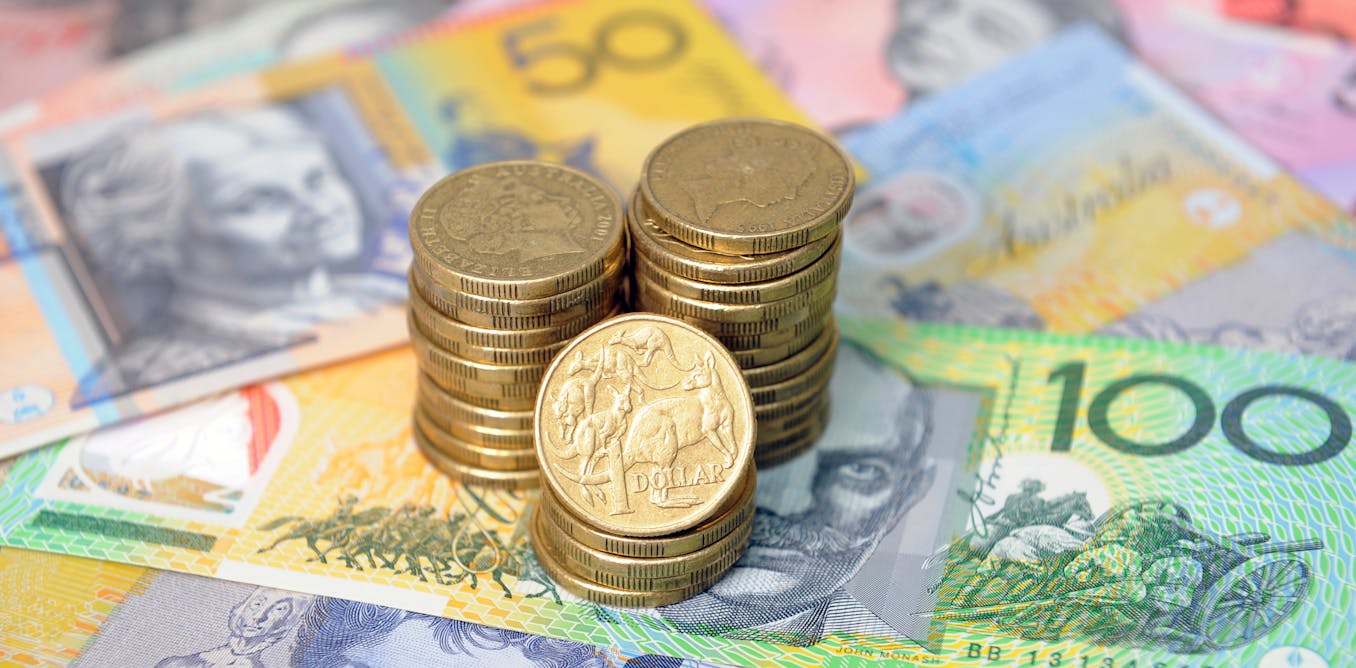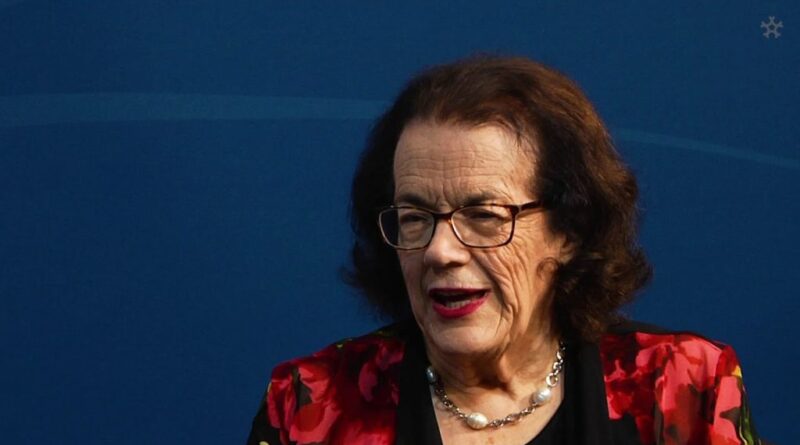Budget update forecasts unemployment falling to 4.25% by mid-2023

Thursday’s budget update will forecast one million jobs will be created over the next four years and unemployment will fall to 4.25% by June 2023.
In an upbeat economic assessment, the Mid-Year Economic and Fiscal Outlook will estimate that more than 13.8 million people will be employed by June 2025. This is 150,000 more people employed across the economy than the May budget estimated.
Unemployment – 5.2% in October – is forecast to be 4.5% in the June quarter next year. The 2023 June quarter 4.25% level would be the lowest since September 2008.
Strong employment growth is expected to see the employment to population ratio reach a record high of 63.1% by the September 2022 quarter, compared to 61.5% when the Coalition was elected.
The update will show a reduced deficit figure compared to the $342 billion across the forward estimates that was forecast in the budget.
But the government this week leaked details of a blow out in the cost of the National Disability Insurance Scheme to counter the suggestion by Deloitte Access Economics that the deficit figure could have improved by more than $100 billion.
One feature of prime interest in the update will be the amount set aside for decisions taken but not yet announced, which will be the government’s war chest for the run up to the election, to be held by May.
Among the election sweeteners, tax cuts are expected to be provided for low and middle income earners.
The government has a budget scheduled for March 29, for a May election. But the option of going to the polls in March also remains open.
Treasurer Josh Frydenberg said while Australia had avoided the labour market “scarring” that resulted from recessions in the 1980s and 1990s, “there are still many more new jobs to create,” and the government had the economic plan to do this.
“We have been working to a clear fiscal strategy to drive down the unemployment rate to historically low levels as we emerge from the greatest economic shock since the great depression,” Frydenberg said.
“It’s not that long ago that the Treasury was contemplating a collapse in GDP of more than 20% and feared the unemployment rate could rise to as high as 15%.”
“The Labor Party has repeatedly said ‘the biggest test of this government’s management of the recession and its aftermath will be what happens to jobs’ and ‘whether or not unemployment stays too high for too long’.”
“Not only is the unemployment rate today lower than when Labor left office, despite being in the middle of pandemic, we are now are poised to see the unemployment rate fall to 4¼% and sustained below 5% for only the second time in more than half a century.”
“Now our tax cuts and business investment incentives are helping to create a new wave of economic activity as the baton is passed to the private sector helping to create more jobs and secure the recovery.”
Shadow Treasurer Jim Chalmers said the budget would be in better shape if it “wasn’t so riddled with rorts.” His comment followed an investigation by Nine newspapers of more than 19,000 grants across 11 programs that showed Coalition seats received $1.9 billion in three years while Labor seats got less than $530 million.
Chalmers also said that Labor wanted to make sure that as the economy recovered working families were not “getting absolutely smashed by the skyrocketing cost of living at the same time as their real wages are going backwards.
“It’s not a real recovery if Australian working families get to the other side of this valley and all they face then is declining real wages and the skyrocketing costs of living,” Chalmers said.

